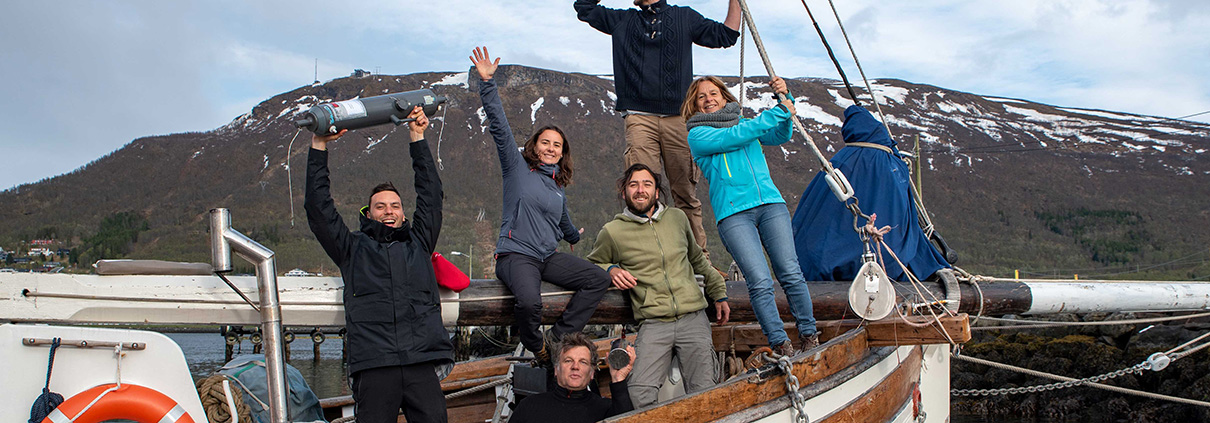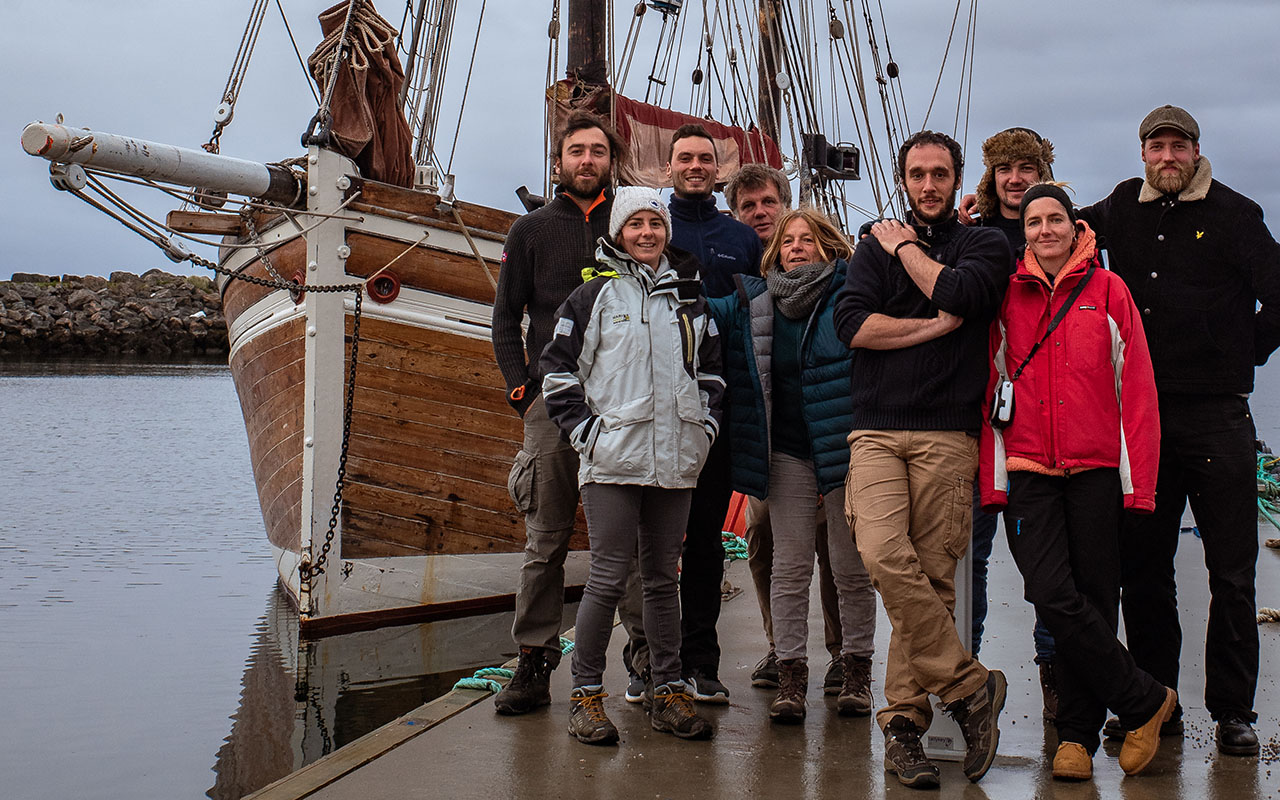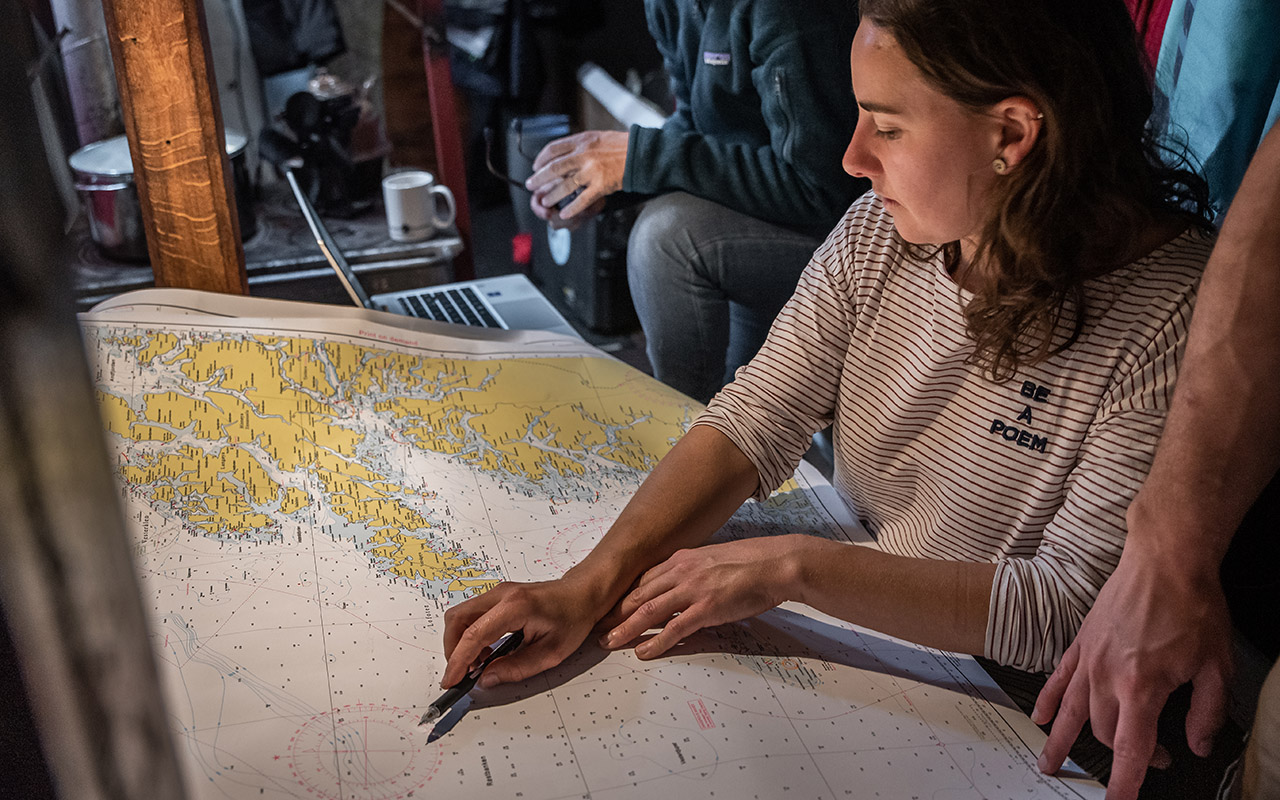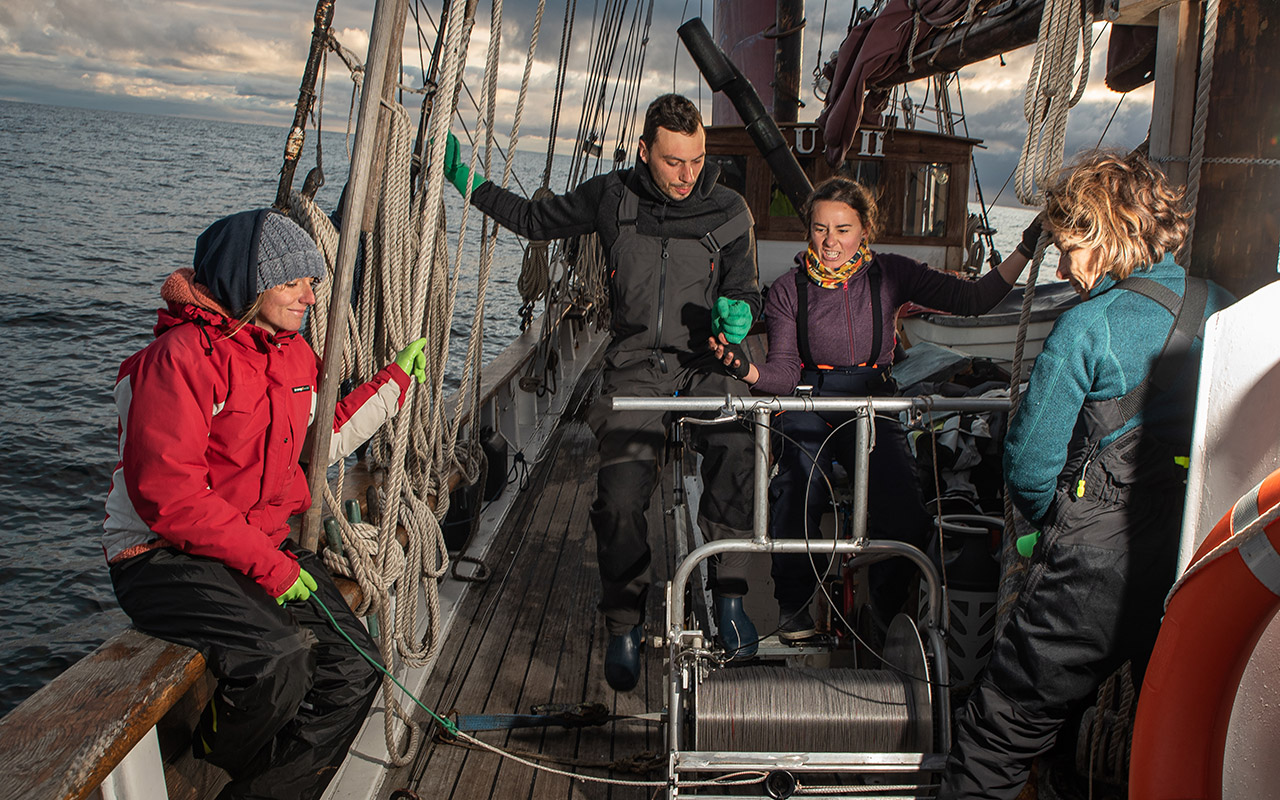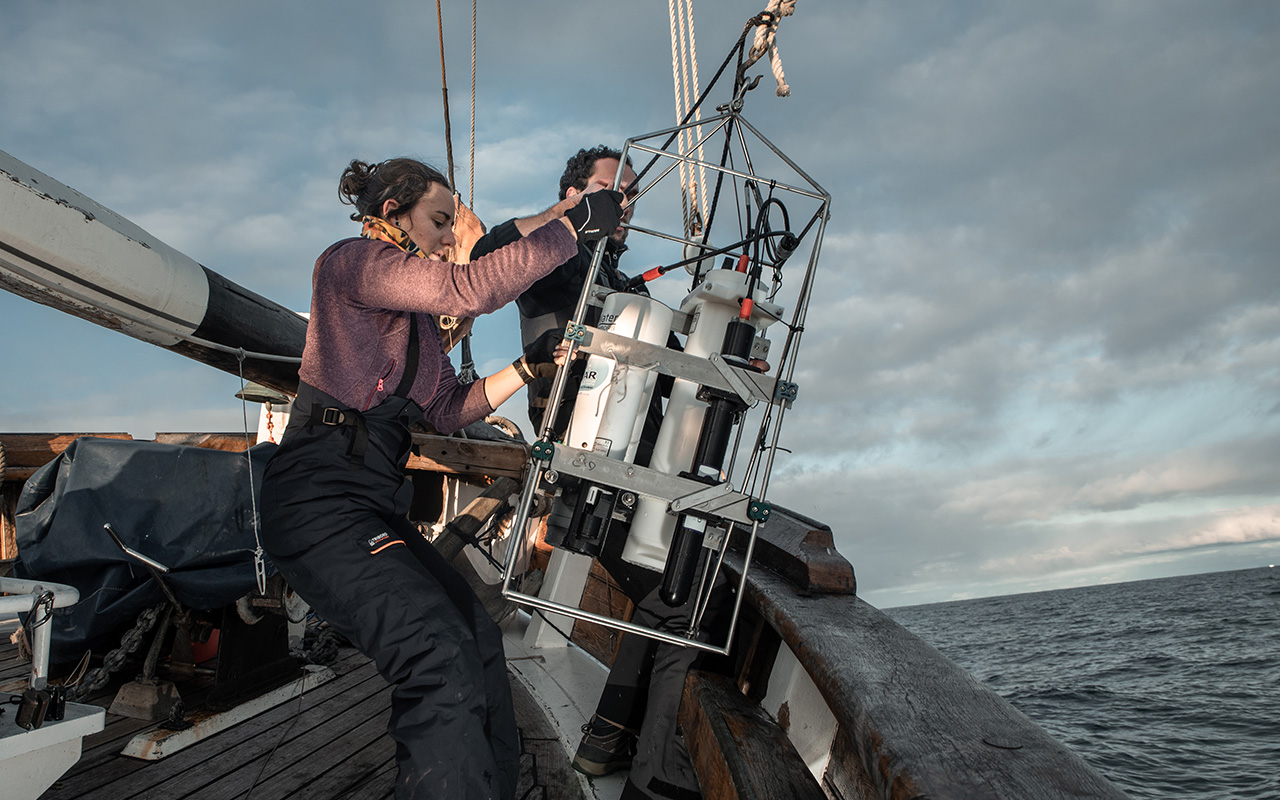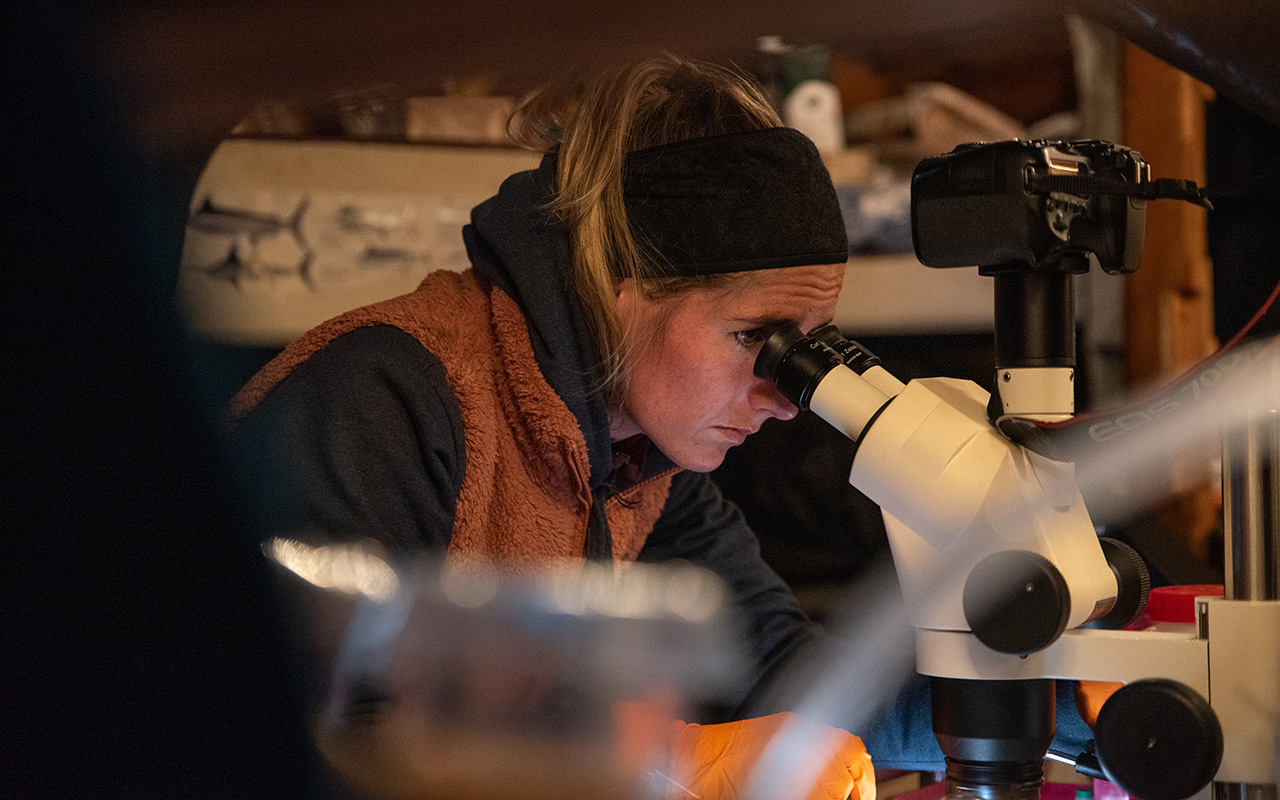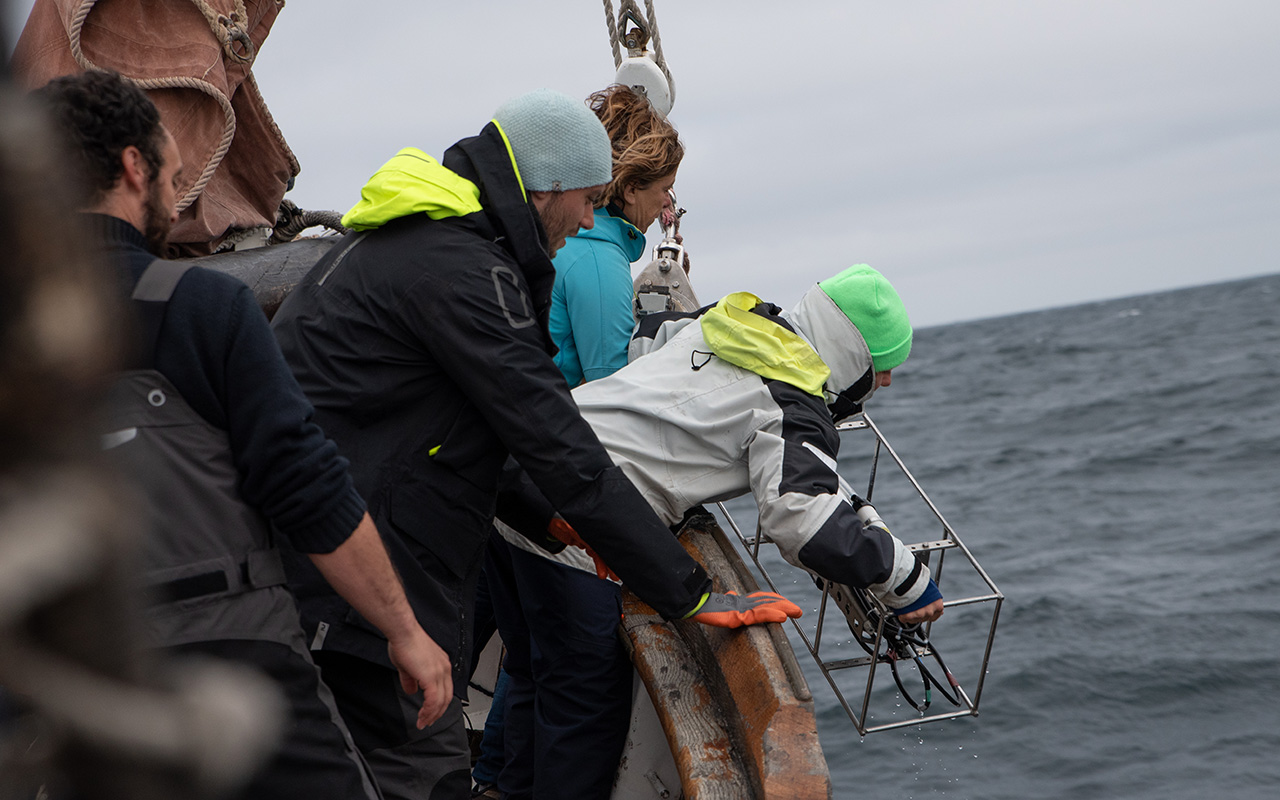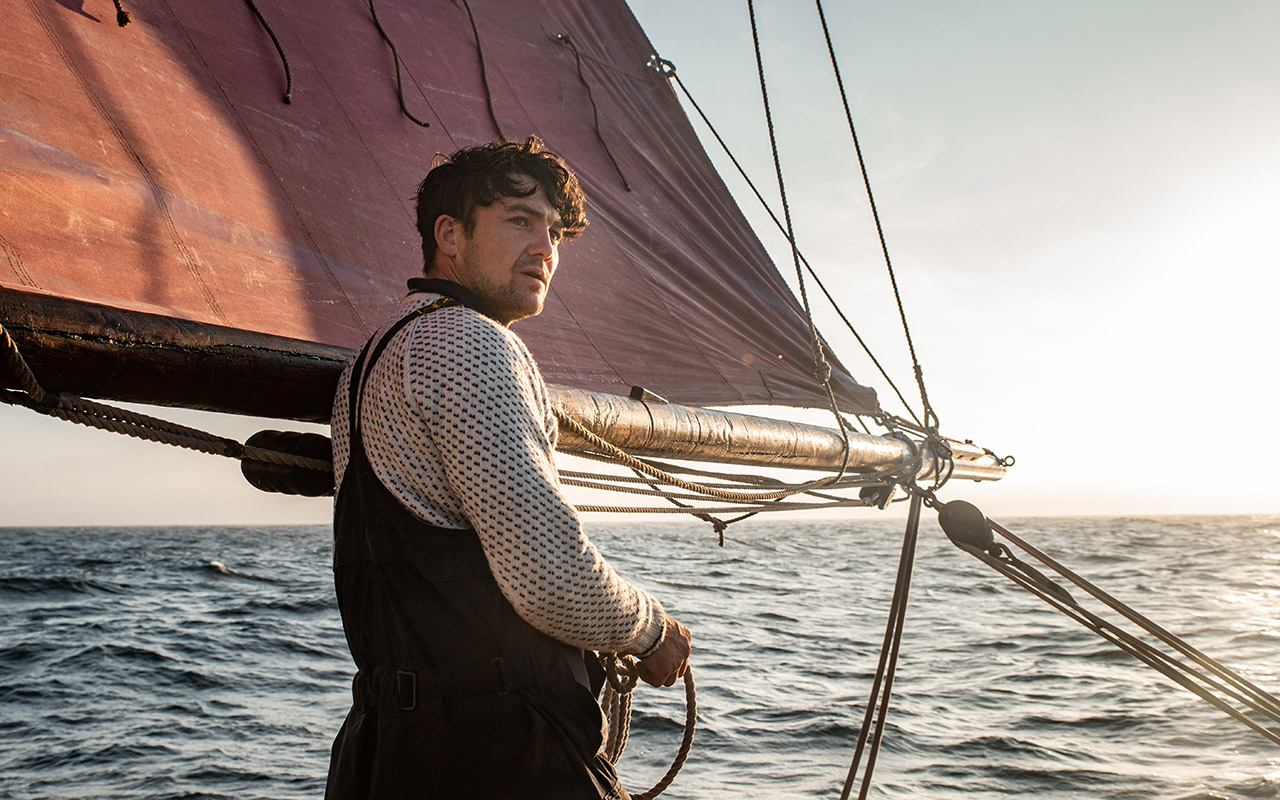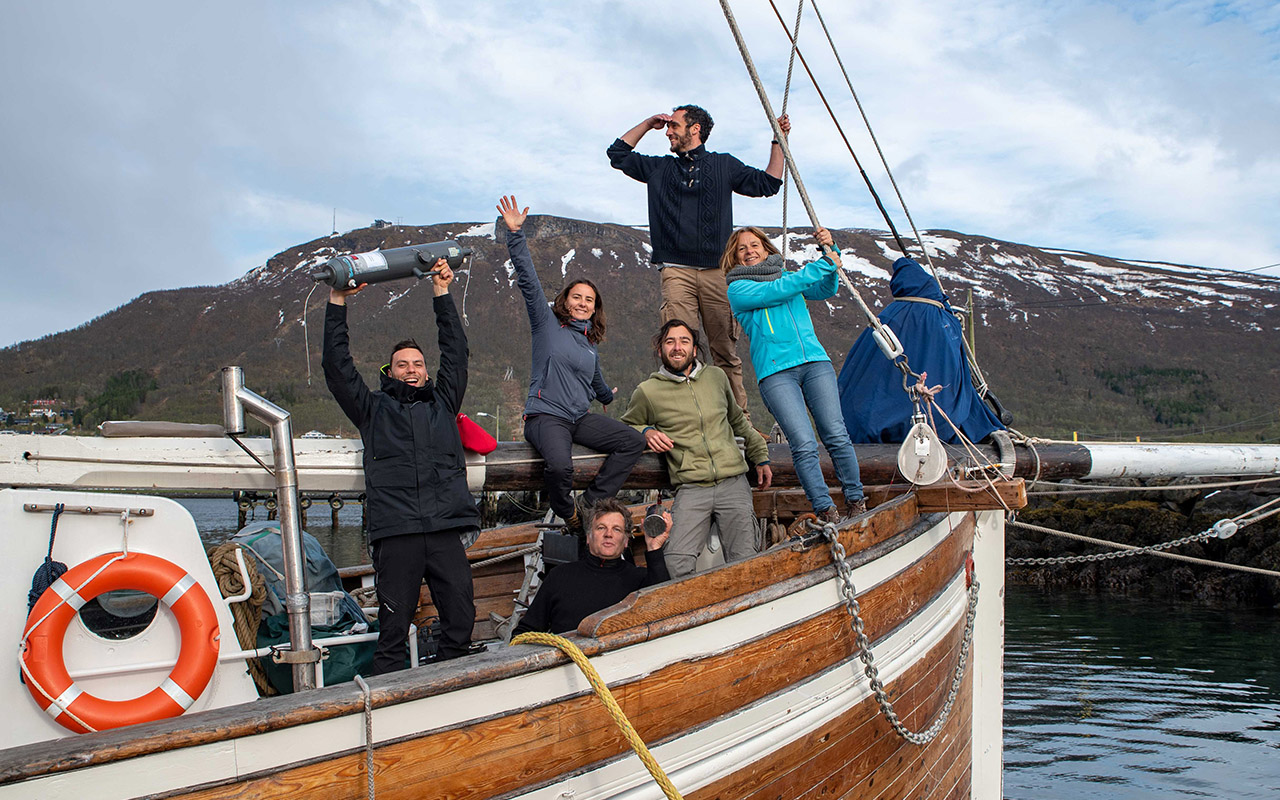A look back at the DRASTIC low-carbon oceanographic cruise
A “low-carbon” oceanographic cruise aboard an old sailing ship off the coast of Norway.
At the Arctic Circle, where the waters of the North Atlantic and the Arctic meet, LEMAR scientists from the European Institute for the Sea in Brest (IUEM) are studying silicon, an essential nutrient for marine micro-organisms such as diatoms and radiolarians. The latter are at the base of the marine food chain. They also play a key role in producing the oxygen we breathe and in sequestering atmospheric carbon.
The project aims to gain a better understanding of marine environmental changes at high latitudes and their consequences for the fate of planktonic siliceous organisms.
Scientists were the first to warn of climate change and now want to show the way to mitigate and reduce carbon emissions. The research was therefore carried out from a sailing boat. The boat’s equipment was also carbon-free: the main winch used to send the scientific equipment to a depth of 1,000 metres was powered solely by human energy, with the scientists transformed into cyclists! This low-tech ‘velotreuil’ proved its effectiveness and gave the scientists a chance to do a bit of sport. Compared with conventional oceanographic vessels, the campaign’s carbon footprint was reduced by 70 tonnes of CO2 (the annual emissions of 11 Norwegians).As the cost of the campaign was also lower, this means that the reduction in carbon emissions saved money. Indeed, the cost of CO2 abatement for the mission is estimated at around €1,000 per tonne. The 20-metre sailing boat was the LUN II, a superb wooden vessel built in Norway (around Alesund) in 1914. It is mainly used as a sailing cargo ship, under the direction of its captain Ulysse Buquen, and has been used to set up laboratories for water filtration and microscopic observations.
The scientific team was intergenerational (ranging from 29 to 58 years old), international (with researchers from Brest, British, and American universities), gender-balanced, and led by women. It consisted of 9 individuals, including several current or former members of LEMAR (links to their profiles): Aude Leynaert, Lucie Cassarino, Matthieu Civel-Mazens, Natalia Llopis-Monferrer, Nicolas Djeghri, Jean Luc Baradat, Oscar Chuberre (photographer), Ulysse Buquen (the captain), and Magnus Brask Nordfonn (sailor).
During their journey, they gave lectures at the universities of Tromsøe, Bodø, and Bergen, and met with Norwegian scientists to promote future collaboration and student exchanges.
The expedition was primarily funded by the French public sector, including the École Universitaire de Recherche Isblue, the ANR (Agence Nationale pour la Recherche), the CNRS, the Brittany region, and the LEMAR laboratory of the IUEM.

